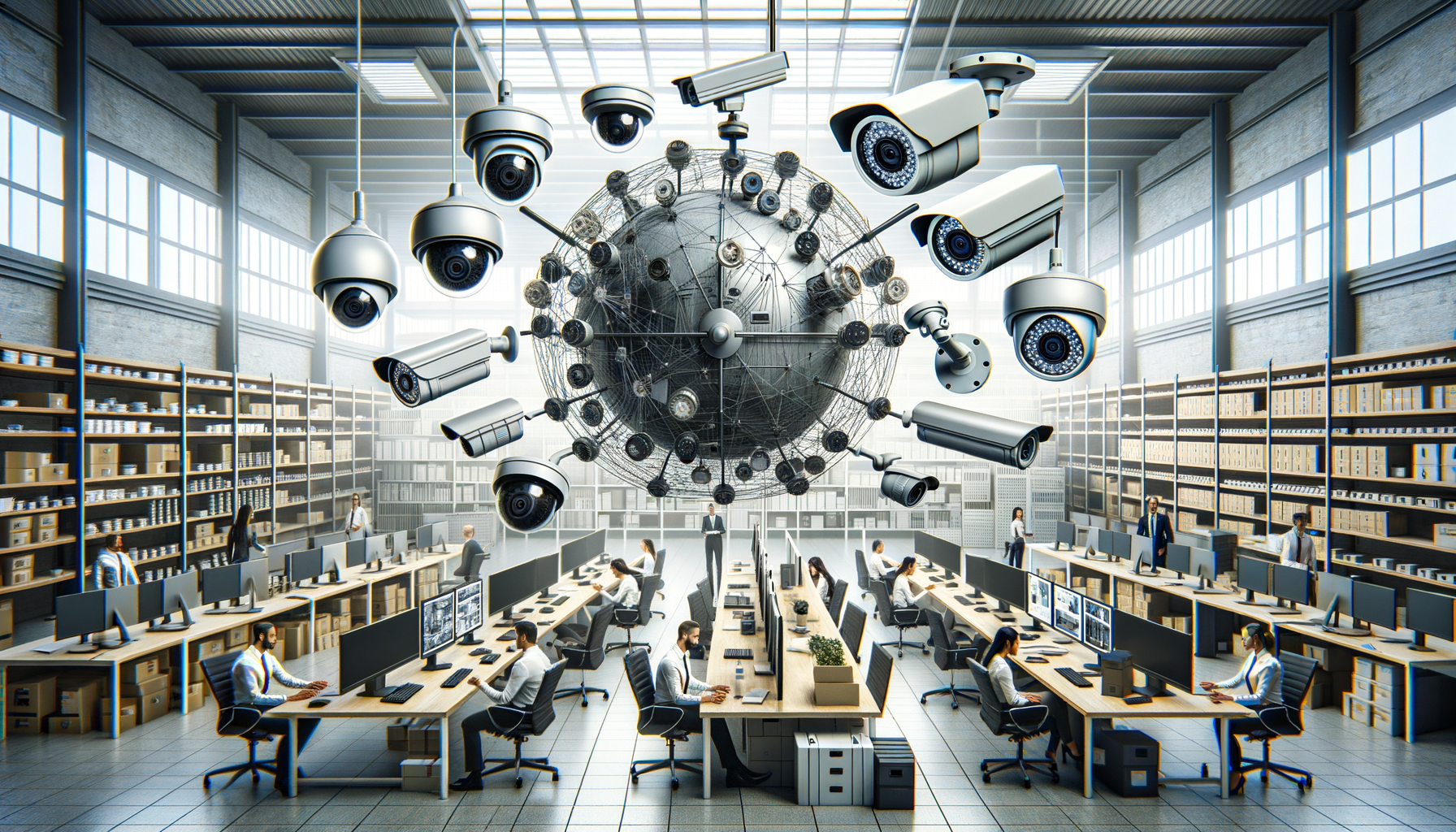Introduction to Security Camera Systems
In today’s world, security and surveillance cameras have become an essential part of both personal and business safety strategies. As technology advances, these systems have evolved from simple recording devices to complex networks capable of providing real-time data and analytics. This article explores the various types of security camera systems available in the U.S., their applications, and the benefits they offer in different settings.
Types of Security Cameras
Security cameras come in various forms, each suited for different environments and purposes. Some of the most common types include:
- Dome Cameras: Known for their discreet design, these cameras are often used indoors and provide a wide field of view.
- Bullet Cameras: These are typically used outdoors and are known for their long-range capabilities.
- PTZ Cameras: Pan-Tilt-Zoom cameras offer flexibility with remote control over the viewing angle and zoom.
- IP Cameras: Internet Protocol cameras allow for digital transmission of video over a network, providing high-quality footage and remote access.
Each type of camera serves a specific purpose, and the choice often depends on the specific security needs of the user. For example, dome cameras are ideal for retail environments due to their unobtrusive design, while bullet cameras are well-suited for monitoring large outdoor areas.
Applications in Commercial Settings
In commercial settings, security cameras are invaluable for protecting assets, ensuring employee safety, and preventing theft. Retail stores, for instance, use surveillance systems to monitor customer behavior and deter shoplifting. In offices, cameras help maintain a secure environment by monitoring entry points and common areas.
Moreover, advanced systems with facial recognition and motion detection can alert security personnel to potential threats, allowing for quick response times. These features not only enhance security but also contribute to operational efficiency by reducing the need for constant human surveillance.
Residential Use of Security Cameras
For homeowners, security cameras provide peace of mind by allowing them to monitor their property remotely. With the rise of smart home technology, many cameras now integrate with home automation systems, offering features such as mobile alerts, live streaming, and two-way communication.
Popular choices for residential use include wireless cameras that are easy to install and offer flexibility in placement. Additionally, doorbell cameras have become increasingly popular, providing a convenient way to see and communicate with visitors without opening the door.
Legal and Privacy Considerations
While security cameras offer numerous benefits, they also raise important legal and privacy concerns. In the U.S., laws regarding surveillance vary by state, and it’s crucial for users to understand the regulations that apply to their specific situation.
Generally, it’s legal to install cameras on private property, but there are restrictions on recording audio without consent. Additionally, cameras should not be placed in areas where individuals have a reasonable expectation of privacy, such as bathrooms or bedrooms.
Balancing security needs with privacy rights is essential to ensure compliance with legal standards and maintain trust with employees, customers, and neighbors.
Conclusion
Security and surveillance cameras play a vital role in enhancing safety and security across various settings in the U.S. From commercial establishments to private homes, these systems offer a range of features that cater to different needs. However, it’s important to consider legal implications and privacy concerns when implementing such systems. By understanding the types of cameras available and their applications, users can make informed decisions that enhance security while respecting privacy rights.



Leave a Reply